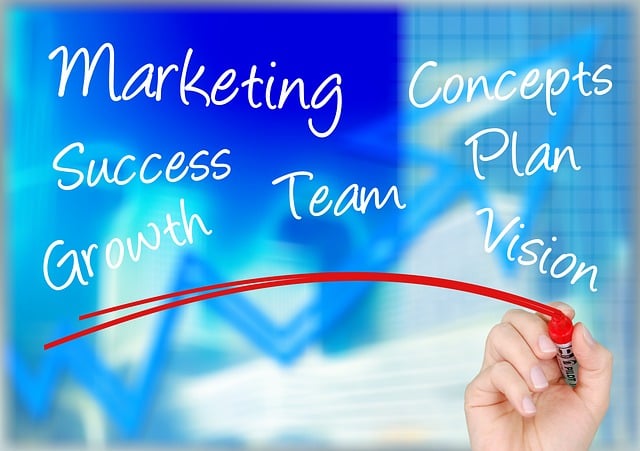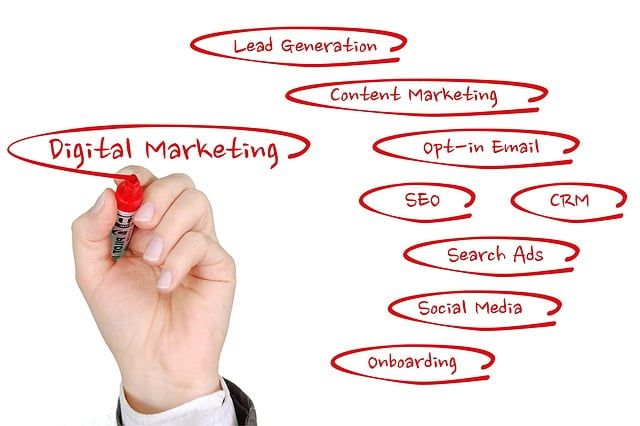AI food cost control software is transforming culinary businesses by leveraging machine learning algorithms to analyze inventory, sales, and market data in real-time. This technology optimizes menu pricing, purchasing, and waste management through predictive demand analysis, enhancing supply chain visibility and ingredient freshness. By offering intuitive data visualization tools, AI significantly improves decision-making, leading to better cost control, increased profitability, and enhanced customer satisfaction through consistent quality offerings. To maximize benefits, businesses should establish clear goals, ensure high-quality data, provide employee training, and regularly update visualization strategies based on evolving needs.
In today’s data-driven landscape, businesses seek powerful tools to gain insights from vast datasets. AI-powered data visualization emerges as a game-changer, transforming raw numbers into meaningful narratives. This article explores the transformative potential of AI in business through the lens of AI-driven food cost control software. We’ll delve into its benefits, implementation strategies, and best practices, shedding light on how businesses can optimize operations and make informed decisions.
- Understanding AI-Powered Data Visualization for Business
- Benefits of AI Food Cost Control Software
- Implementation and Best Practices
Understanding AI-Powered Data Visualization for Business

AI-powered data visualization is transforming how businesses make sense of their complex datasets. By leveraging machine learning algorithms, this technology can uncover hidden patterns, trends, and insights that would otherwise remain hidden in vast seas of numbers. For example, AI food cost control software uses data visualization to help restaurants optimize their inventory management, reduce waste, and improve profit margins by identifying cost-saving opportunities within their supply chains.
This innovative approach allows businesses to transform raw data into intuitive graphs, charts, and dashboards that are easy to understand and act upon. With real-time updates and interactive features, decision-makers can quickly identify issues, make informed choices, and adapt strategies on the fly. Whether it’s tracking sales performance, monitoring customer behavior, or analyzing operational inefficiencies, AI data visualization empowers businesses to stay ahead of the curve and gain a significant competitive edge.
Benefits of AI Food Cost Control Software

AI food cost control software is transforming the way businesses manage their expenses, particularly in the culinary industry. By leveraging advanced algorithms and machine learning techniques, this technology offers a range of benefits that streamline operations and boost profitability. One of its key advantages is the ability to analyze vast amounts of data from various sources, such as inventory systems, sales records, and market trends, to identify patterns and inefficiencies in real time.
This level of insights enables businesses to make informed decisions about menu pricing, bulk purchasing, and waste management. For instance, AI algorithms can predict demand and optimize ordering quantities, reducing food waste and associated costs. Additionally, these tools can enhance supply chain visibility by tracking ingredients from sourcing to the point of sale, ensuring freshness and minimizing spoilage. As a result, businesses can achieve better cost control, improve profitability, and ultimately enhance customer satisfaction with consistent quality offerings.
Implementation and Best Practices

Implementing AI-powered data visualization tools, such as AI food cost control software, can significantly enhance a business’s decision-making process. These tools offer an intuitive and interactive way to analyze complex datasets, enabling businesses to uncover valuable insights hidden within their data. By presenting information in visually appealing graphs, charts, and dashboards, companies can quickly identify trends, outliers, and areas for improvement, leading to better cost control and operational efficiency.
When adopting AI data visualization software, it’s essential to establish clear goals and define the specific use cases for which the technology will be employed. Ensure data quality and consistency by setting up robust data collection and preparation processes. Additionally, providing training and support to employees will facilitate a smoother transition and maximize the benefits of this advanced technology. Regularly reviewing and updating visualization strategies based on evolving business needs is crucial for long-term success in harnessing AI’s power for effective cost control and informed decision-making.
AI-powered data visualization tools are transforming how businesses understand their operations, particularly in food cost control. By leveraging these advanced analytics solutions, companies can gain valuable insights into their supply chain and menu pricing strategies. The implementation of AI food cost control software offers significant benefits, from streamlining inventory management to optimizing profitability. As these technologies continue to evolve, embracing best practices for integration will empower businesses to stay competitive and make data-driven decisions that drive success in the dynamic culinary landscape.
